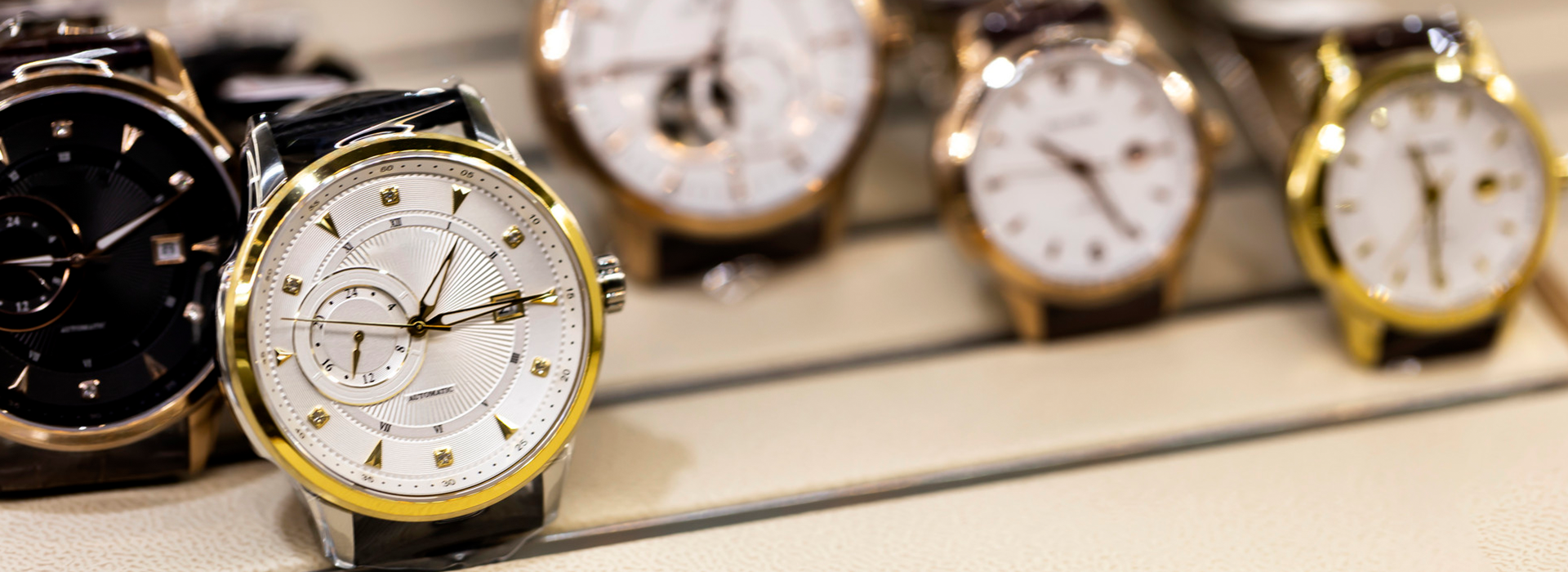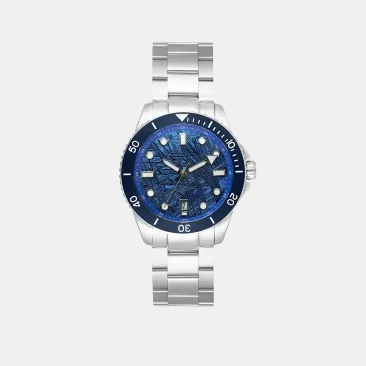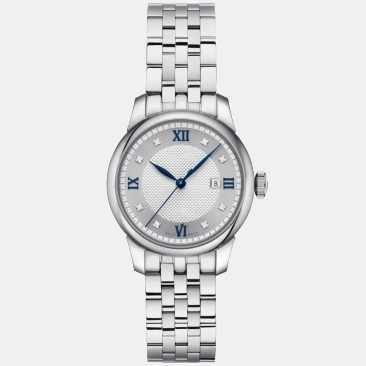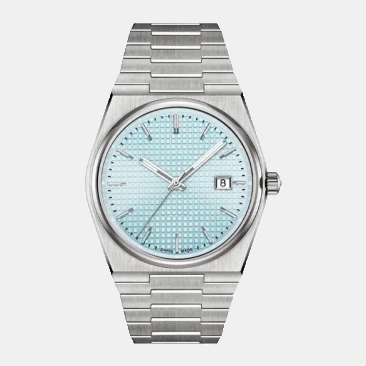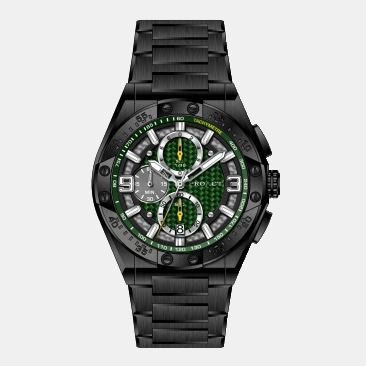The Art of Watchmaking: Core Craftsmanship Unveiled
Time:
2025-11-03 15:45
Source:
A fine watch is more than a product--it’s the result of meticulous craftsmanship, where precision meets artistry. Every component, from the tiniest gear to the polished case, undergoes skilled hands and strict standards. Below, we break down the key craftsmanship steps that define a quality timepiece.
1. Movement Craftsmanship: The "Soul" of the Watch
The movement (internal mechanism) is where watchmaking artistry shines brightest, especially for mechanical and automatic models:
- Hand-Assembly: High-end movements are assembled by master watchmakers, not machines. Each gear, spring, and lever is carefully fitted—some parts are as small as a grain of rice, requiring magnifiers and specialized tools.
- Decorative Finishing: To enhance both beauty and performance, movements often get decorative treatments. “Geneva Stripes” (parallel lines) or “Perlage” (tiny circular patterns) are hand-polished onto plates, reducing friction and adding elegance. Skeletonized movements take this further, with cutouts to showcase the working mechanism.
- Precision Calibration: After assembly, watchmakers calibrate the movement to ensure accuracy. For mechanical watches, this means adjusting the balance wheel (the part that regulates time) to minimize 误差 (error), often testing it in multiple positions (e.g., face-up, face-down) for consistency.

2. Case & Crystal Crafting: Durability Meets Polish
The watch case and crystal protect the movement while defining its style—their craftsmanship directly impacts both function and aesthetics:
- Material Shaping: Stainless steel cases undergo processes like “brushing” (creating fine parallel lines) or “polishing” (achieving a mirror finish) to enhance texture. Titanium cases are often sandblasted for a matte, scratch-resistant surface, while ceramic cases require high-temperature sintering (1,600°C+) to harden and prevent fading.
- Sealing for Water Resistance: For water-resistant watches, case parts (like the crown and pushers) are fitted with rubber gaskets and screwed tightly. Watchmakers test each case with air or water pressure to ensure no leaks—critical for dive watches meeting ISO 6425 standards.
- Crystal Finishing: Sapphire crystals (used in premium watches) are cut from synthetic sapphire and polished to transparency. Many also get an anti-reflective (AR) coating—applied in thin layers—to reduce glare, requiring precise control of coating thickness.
3. Dial & Hand Detailing: Small Details, Big Impact
The dial and hands are the watch’s “face,” and their craftsmanship determines readability and beauty:
- Dial Decoration: Dials use techniques like “enamel work” (melting glass powder onto metal for a smooth, vivid surface) or “guilloché” (engraving intricate patterns with a lathe). For sporty watches, luminescent coatings (e.g., Super-LumiNova) are applied in thin, even layers—too thick, and it cracks; too thin, and it doesn’t glow.
- Hand Crafting: Hands are made from lightweight metals (brass, steel) and shaped with precision. They’re often “filled” with luminescent material or plated (gold, rhodium) for a refined look. The tip of each hand is tapered to ensure clear time reading—even from a distance.

4. Final Assembly & Quality Checks
The last steps ensure the watch works flawlessly and meets standards:
- Component Integration: Watchmakers carefully fit the movement into the case, attach the dial and hands, and secure the crystal. For strap watches, the bracelet or leather band is attached with precision—loose links or uneven alignment ruin comfort.
- Strict Testing: Every watch undergoes tests: time accuracy (quartz watches ±10-20s/month, mechanical ±5-10s/day), water resistance (pressure tests), and durability (shock and scratch resistance checks). Only watches passing all tests are ready for wear.
Craftsmanship at Proact Watch
At Proact Watch, we honor these time-honored techniques while blending modern innovation. From hand-finished movements to scratch-resistant ceramic cases, every detail is crafted to balance durability, style, and precision—so your watch lasts, and looks good doing it.
About Proact Watch
LATEST NEWS & BLOGS
MOBILE/WHATSAPP:
E-MAIL:
ADDRESS:
-
Second Floor, Building C, Huawan Industrial Park, No. 4159 Baoan Avenue, Xixiang, Shenzhen, Guangdong, China
Copyright © 2023 Shenzhen Proact Watch Co., Ltd.
-
Powered by www.300.cn
Cookie
Our website uses cookies and similar technologies to personalize the advertising shown to you and to help you get the best experience on our website. For more information, see our Privacy & Cookie Policy
Cookie
Our website uses cookies and similar technologies to personalize the advertising shown to you and to help you get the best experience on our website. For more information, see our Privacy & Cookie Policy
These cookies are necessary for basic functions such as payment. Standard cookies cannot be turned off and do not store any of your information.
These cookies collect information, such as how many people are using our site or which pages are popular, to help us improve the customer experience. Turning these cookies off will mean we can't collect information to improve your experience.
These cookies enable the website to provide enhanced functionality and personalization. They may be set by us or by third-party providers whose services we have added to our pages. If you do not allow these cookies, some or all of these services may not function properly.
These cookies help us understand what you are interested in so that we can show you relevant advertising on other websites. Turning these cookies off will mean we are unable to show you any personalized advertising.

